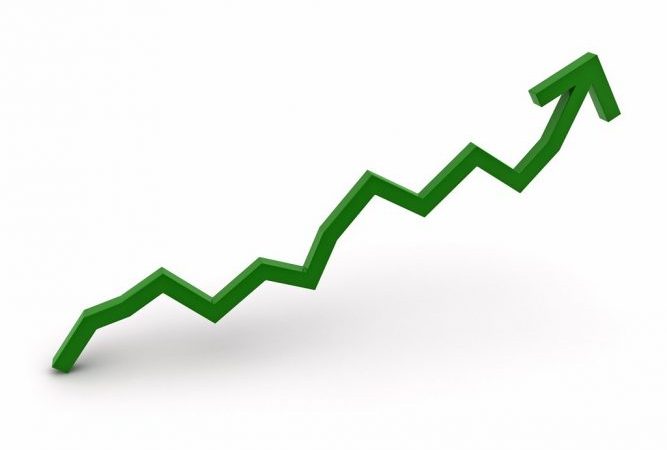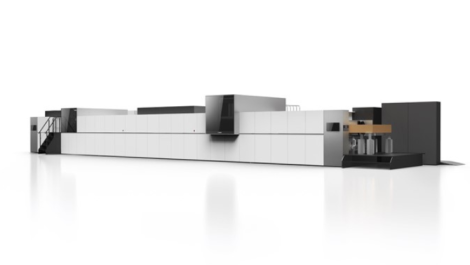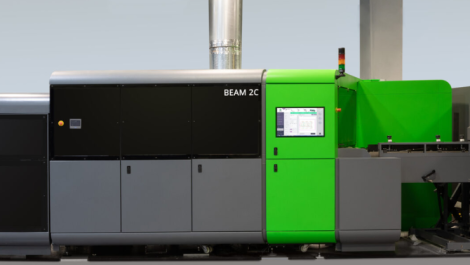Smithers’ latest market report, ‘The Future of Retail-Ready Packaging to 2024’, forecasts that the value of the global retail-ready packaging market will increase from $60 billion in 2019 to over $77 billion by 2024, with a compound annual growth rate of 5.2%.
This growth is set to be driven by evolution in store formats and the opening of transition economies, according to the report, which will drive increased demand for retail-ready and shelf-ready packaging. Other contributing factors include the evolution of convenience and discount format stores and the expansion of Western-style retailing into new countries.
The report identified several key drivers and barriers for the global packaging industry:
- Retail trends – The advantages of retail- or shelf-ready formats remain fundamentally the same for both retailer and brand owner, but new technologies will entrench these further across the forecast period;
- Convenience and discount model stores – Convenience store and discount supermarket chains are increasingly popular in more developed economies. Their basic layouts and typically lower staffing levels, are stimulating the consumption of retail-ready packaging, albeit in some instances in less sophisticated forms;
- ‘Westernisation’ of food shopping in developing markets – In transition economies, China is a leading adopter of Western shopping trends, many suppliers are embracing this phenomenon by incorporating more Western products into their SKUs;
- Interactivity – Retail-ready packaging plays an important role in establishing and enhancing brand image and message. It creates an opportunity for the brand owner to interact with their consumer, both visually and technologically. Innovation in digital print and finishing systems are now offering a suite of options for tailoring content to specific events, store locations, or customer preferences;
- Standardisation of shelving and pack formats – The efficiency of retail-ready packaging systems is enhanced by the adoption of standardised pack sizes, which require less time on machinery set-up, fewer die-cut variants and, ultimately, that improve efficiencies for retail store employees;
- Retail-ready packaging driving flexible packaging adoption – In move away from designs that use peg bars to hang pouches, major retailers are encouraging the use of flexible packs in retail-ready packaging to minimise labour costs;
- Demand for environmental performance – Consumers are demanding transparency from brands about their environmental activities and the impact of their products and packaging on the climate and the environment; and
- Internet and e-commerce – The rise of online shopping and e-commerce continues, hence there is some downside for retail-ready packaging as more shopping leaves retail outlets.
With corrugated printing the primary means of producing retail-/shelf-ready packaging, and digital corrugated printing anticipated to grow, Digital Labels & Packaging will report on developments in this market in further detail.
Read the July/August edition of Digital Labels & Packaging for an in-depth update on the digital corrugated market; register here to receive all six issues in 2020, and beyond, for free






